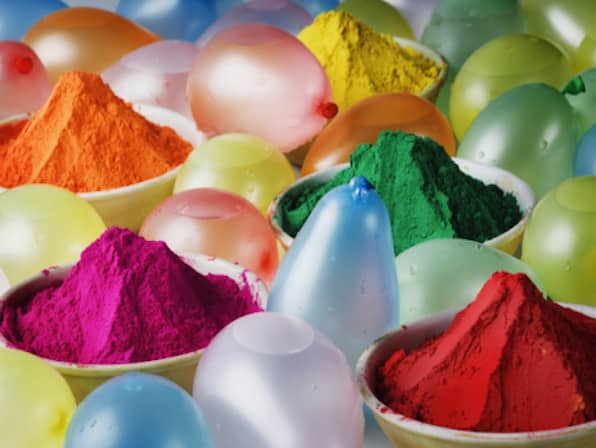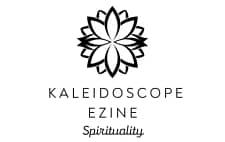
Holi is a social festival. It is a festival of colours. People of all ages celebrate it with full fervour. Holi enjoys the status of even a national festival as this is the only festival which is celebrated by one and all irrespective of caste and religion. Holi is celebrated in two parts-
1. Holika Dahan
2.Dhulendi (playing with colours)
In Vedic times Holi was known as “NAVANESHTI YAGYA”. Unripe grains were brought from the fields and offered while performing havan and were then distributed as “Prasad”. Such grains were called as “Hola”- hence the name “Holikotsava”. There are many legends associated with Holi, some celebrate it as worship of Agni-Dev, some take it as beginning of New Year. Manu was born on this day, so it is also called as “Manvadi tithi”. The most known story associated with Holi is that of
Prahlad and his father Hrinayakashyap. As the story goes Prahlad worshipped Lord Vishnu as God and this annoyed his father as he thought himself to be God. To teach his son a lesson Hrinayakashyap ordered his sister Holika to sit in the burning pyre with Prahlad in her lap. Now Holika had the boon of not getting burnt in fire, but by divine grace Prahlad was saved and Holika was burnt to ashes and people rejoiced by throwing water colours and abeer gulal on each other.
Whatever may be the reason but it definitely is the most colourful festival of the entire year. There is a beautiful practice of eating: Amra- Manjari (inflorescence of mango) with Sandal. It is also said that meditating on the graceful form of Radha-Krishan sitting in the swing of flowers on this day brings harmony in love relationships. Another splendid fact about this festival is it gives the opportunity to forget and forgive and move on in relationships with joy and positivity. Forgetting and forgiving is a great catharsis for the soul and a giant leap in spiritual evolution. Surely a reason to celebrate!
Holi falls on the full moon of the month of Phalgun and is also called “Phagi Poornima”. Phag is also synonymous with colour as
in playing with colours or “Phag Khelna”. In Indian subcontinent with its diverse culture, Holi is known by various names such as Rang Panchami, Phag, Holla Mohalla, and Shimoga. Holi in Barsana (the native place of Radha) is called as Lath-Maar Holi as women beat men with wooden sticks on this day.
Like basant panchami, Holi also celebrates the basant ritu or the spring season. Colours hold special significance on this day. Seeing nature resplendent with flowers of various colours at this time of the year probably inspired man to purposely play with colours on this day. Colours have great influence on our conscious and subconscious mind. Colours have healing, psychological and esoteric aspects. No wonder Holi is associated with love, joy, mirth and forgiveness. Most common colours used are red, green yellow and pink.
Red colour stands for love as we also see it to be the most popular colour of the valentine day again a day dedicated to love. Yellow is light hearted, carefree and full of joys of life, warm bright and cheerful.
Green is soothing symbolising peace and calmness. It provides balance and restores body, mind and soul.
Pink is the colour of unconditional love.
We can very easily see the connection of the colours with this beautiful festival which marks the transition of winter to summer. However, it is advisable to use natural colours than chemical ones.
Make Your Own Colours
For yellow colour-
1. Mix turmeric powder with besan.
2. Boil Marigold flowers in water.
For deep pink-
Slice beetroot and soak in water.
For orange-
Dry henna leaves, powder them and mix with water.
Flowers of Tesu and Palash are also used to make colour.
Another special feature of this day is drinking thandai a cool drink made from milk and condiments.
To make thandai–
Take 1-1/2 litre of water,
1-1/2 cup of sugar,
1 cup milk,
1 tablespoon of almond
1/2 tablespoon of cardamom,
1 tablespoon of kharbooja and tarbooz seeds,
1/2 tablespoon of khus,
1/2 tablespoon of saunf,
1/2 tablespoon of rose water,
1 tablespoon peppercorn,
1/4 cup dried or fresh rose petals.
All ingredients except rose petals and rose water are soaked in milk overnight, ground into a paste and then blended in water and dashed with rose water. Garnish with rose petals. Putting a dash of bhaang can make the drink all the more interesting!!
After playing Holi during the day, people put on new clothes and visit their friends and relatives and exchange sweets and gifts in the evening.This practice is called “Holi-Milan”. Holi is truly a festival of giving and rejoicing.
Wishing you all a colourful and joyous Holi!
-Archana Sharma
Archana Sharma is an M.Phil in Life Sciences and practises in Astrology, Numerology and alternative therapies. She is currently pursuing research in Medical Astrology.


